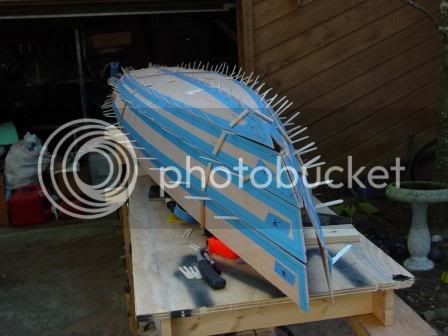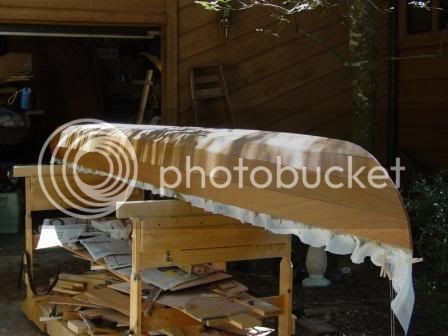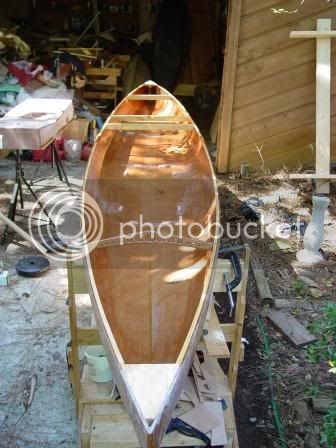Hi,
I have just ordered my first set of plans - Chesapeake 17 from CLC - so am the closest I've ever been to actually getting my first kayak underway. Won't be the last, i've already got a list of boats to keep me going for the next couple of years at least
Workshop space is almost completed, and so now my thoughts turn to what I'll use to hold the kayak while building. As it's stitch & glue I don't need a strongback yet, so wanted to get some learned opinion from those here on what constitutes a good building base/table.
Many I've seen are build on 2 saw-horses. Is this the way to go? Would 4 be better? A solid table-top like a couple of old doors on legs?
I'd probably like something I can move, as my workshop is 17' and so is the kayak, but as it's a garage I can move the kayak out a bit to work on it, so was thinking of something on locking castors.
So, that's where my thoughts are at present...interested in what others do/use.
Thanks,
Darren
Melbourne, Australia
I have just ordered my first set of plans - Chesapeake 17 from CLC - so am the closest I've ever been to actually getting my first kayak underway. Won't be the last, i've already got a list of boats to keep me going for the next couple of years at least
Workshop space is almost completed, and so now my thoughts turn to what I'll use to hold the kayak while building. As it's stitch & glue I don't need a strongback yet, so wanted to get some learned opinion from those here on what constitutes a good building base/table.
Many I've seen are build on 2 saw-horses. Is this the way to go? Would 4 be better? A solid table-top like a couple of old doors on legs?
I'd probably like something I can move, as my workshop is 17' and so is the kayak, but as it's a garage I can move the kayak out a bit to work on it, so was thinking of something on locking castors.
So, that's where my thoughts are at present...interested in what others do/use.
Thanks,
Darren
Melbourne, Australia








